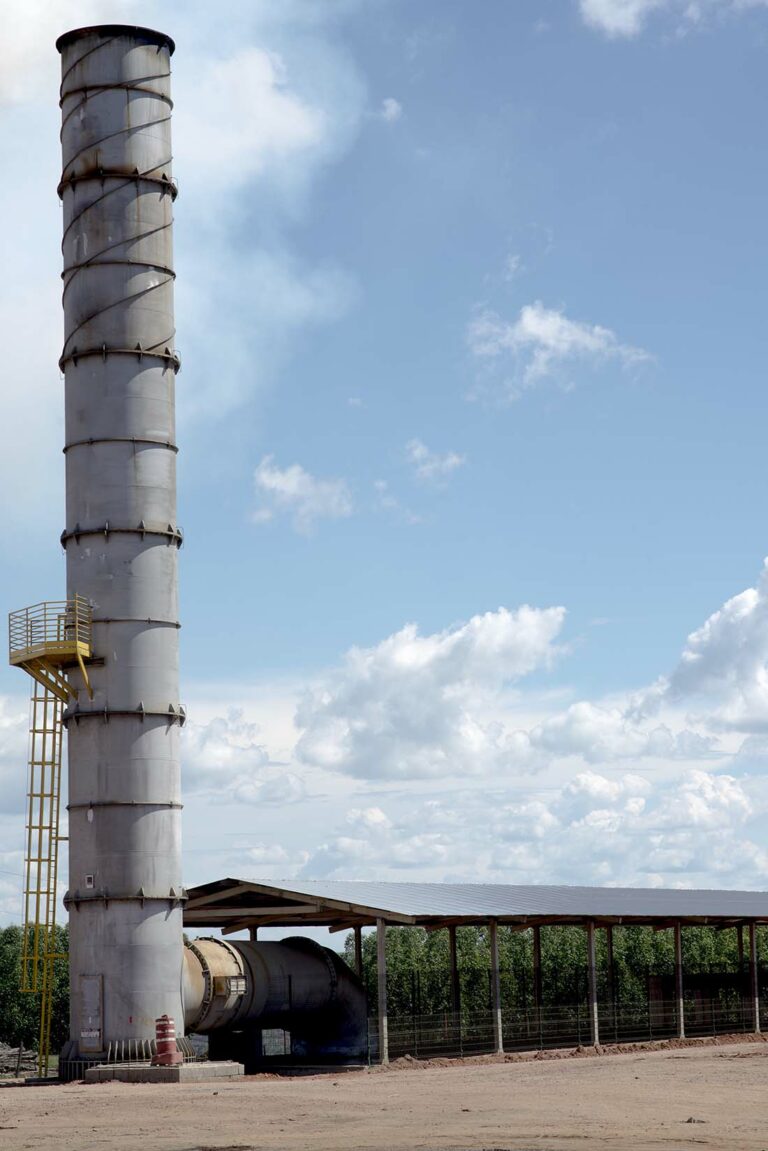Special News
27/02/2023
Being the first steel producer of the flat special steels segment to become carbon neutral in the world, Aperam is also the largest global producer of charcoal. The input is used instead of coke as a renewable fuel to produce Aperam Green Steel, and it is produced at the company’s bioenergy unit in the Jequitinhonha Valley.
Aperam BioEnergia currently cultivates 76,000 hectares of planted eucalyptus forests, in a production model that is a global benchmark in forestry, and perfectly aligned with the Industry 4.0 principles, which places innovation at the service of sustainability. The company keeps a high-performance seedling nursery, developing genetically improved clones to increase wood density, benefit the soil, and provide better-performing charcoal.
BioEnergia has a state-of-the-art charcoal production process. In addition to having developed, at its Research and Innovation Center, the best and largest kilns in the global market today, such as the FAP 2000, Aperam BioEnergia is currently investing in the modernization and automation of its entire agricultural-industrial park in Jequitinhonha Valley, Minas Gerais state.
In order to produce 450,000 tons of charcoal per year, as is the case today, the company has 289 kilns – 121 units of the RAC 2020 model; 161 of type RAC 700; and seven FAP 2000 units, the largest and most advanced in the world. Together they produce approximately 2 million cubic meters of coal per year.
The modernization program includes the replacement, in the medium term, of the current 283 kilns with a smaller number of units with greater capacity and better performance. Thus, 121 units of the FAP 220, which have a smaller capacity, will be replaced by 31 FAP 2000 kilns.
Such modernization of the Renewable Energy Production Units (REPUs) is part of integrated actions to make Aperam South America’s operations increasingly sustainable, which was essential for the company to achieve, in an unprecedented way in its segment, the neutrality between carbon emissions and removals in 2022, in scope 2 – which includes all the company’s operations.

Producing charcoal from planted forests generates renewable energy and contributes to the preservation of native forests. However, it is still very much associated with chimneys that continuously release greenhouse gases into the atmosphere.
At Aperam BioEnergia, that image is getting further and further away. BioEnergia is completing the installation of gas burners in all of its six REPUs in Jequitinhonha Valley, which produce around 450,000 tons of charcoal per year.
Patented by Aperam, the gas burners are built in the production units to capture gases generated in the production process and to incinerate those gases, preventing most of them from being released into the atmosphere.

When a kiln is equipped with chimneys, the gases go straight into the atmosphere. The burner leads the smoke into a combustion chamber where it is incinerated. There are a number of pipes that connect the kiln with the combustion chamber. The chamber constitutes of the combination of steel and refractory, with an automated pressure and temperature control system, through a controlled gas/oxygen/heat balance, thus generating an efficient burning of the smoke emitted.
When operating together, the six burners will prevent the release of almost 150,000 tons of carbon dioxide into the environment. The first gas burner was implemented in 2018. By 2023, all Aperam BioEnergia units will be equipped with the technology.